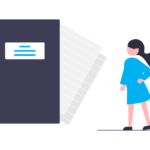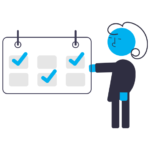DO I REALLY NEED AN EMPLOYMENT CONTRACT?
An employment contract is an agreement between an employer and employee that sets out terms and conditions of employment. An employment contract cannot provide for less than the legal minimum set out in the National Employment Standards (NES), awards, enterprise agreements or other registered agreements that may apply. A contract can be in writing or verbal (we don’t recommend verbal). It’s also important if you are a Part Time / Rostered employee to have your working days listed in the contract e.g. Mon 8hr, Tue 8hr and Fri 8hr. This will make it easier for Payroll to pay any public holidays that land on the employees scheduled working day.









